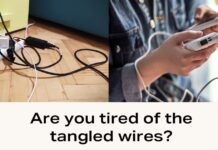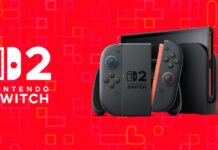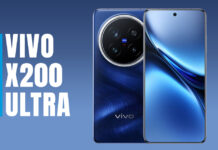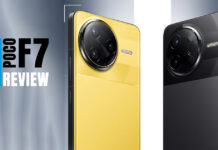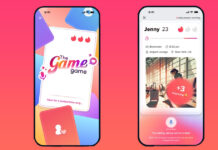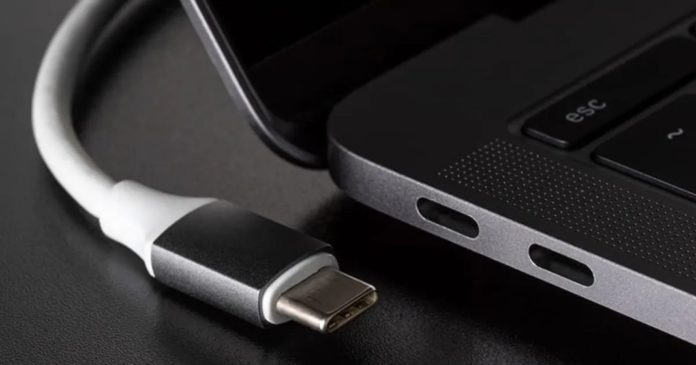Since its introduction in the 2016 MacBook Pro, USB-C has become ubiquitous across the technology landscape, promising unparalleled versatility in both charging and data transfer. Over the years, USB-C has made its way into almost every device, from laptops to smartphones, becoming a standard feature in our lives. However, the convenience of USB-C also brings its own set of complications, and millions of customers will now get to experience these firsthand with the expected release of the iPhone 15.
The Confounding Nature of USB-C
USB-C’s charm lies in its ability to serve multiple functions, but this versatility can lead to confusion. The problem arises when users are unsure about the capabilities of the USB-C port on their devices or the cables they use. It’s not always clear whether a device or cable supports high-speed data transfer, high electrical power for fast charging, both, or neither.
The iPhone 15 is rumored to ship with a USB-C port and charging cable that can charge effectively but will transfer data at a modest 480 megabytes per second. This is significantly slower than what USB-C is capable of, reflecting the challenges of the USB ecosystem. USB-C offers faster and more versatile connections compared to Apple’s Lightning port, but this transition may come with some hiccups for Apple customers.
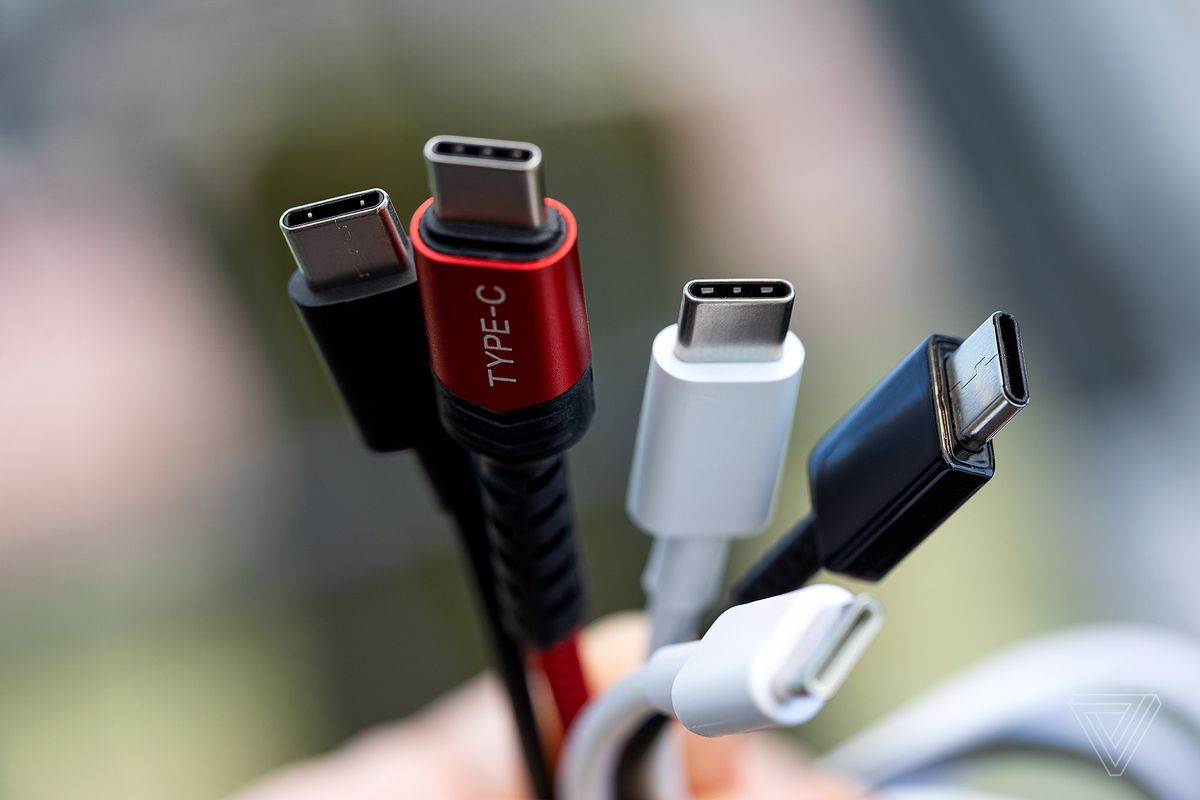
Deciphering USB Standards
The USB ecosystem itself is part of the problem, as it encompasses three separate standards: Universal Serial Bus (USB), USB-C, and USB Power Delivery (USB PD). USB originally debuted in 1996, offering a top speed of 12Mbps. USB 2.0 followed in 2000, providing faster data transfer at 480Mbps. USB 3.0 in 2008 brought speeds of 5 gigabits per second, ideal for external hard drives. USB 4 is the latest iteration, reaching up to 40Gbps, with USB 4 version 2 promising 80Gbps in the future.
USB-C, on the other hand, refers to the oval-shaped connector technology and has seen improvements over time, gradually equating USB-C with high-speed data transfer. Lastly, USB PD manages how USB is used for charging, supporting rates up to 240W.
Quality Control and Cost Factors
The existence of these three standards makes it challenging for users to understand the capabilities of their devices and cables. Moreover, many manufacturers, in a bid to cut costs and expedite product releases, forgo certification from the USB Implementers Forum. Unlike Intel’s Thunderbolt, which mandates passing tests, USB-C products can vary significantly in quality.

Cost is another factor contributing to USB-C’s issues. High-speed data support and high-power charging are more expensive to implement in cables, and cheaper “charging cables” often lack the extra capabilities. Even cables provided by Apple with MacBooks may prioritize charging over data transfer speed.
USB-C in the Wireless Age
Despite these challenges, most iPhone 15 owners won’t be significantly affected by the use of a USB 2.0 cable. As data transfer methods have evolved, users increasingly rely on mobile networks, Wi-Fi, and wireless transfer methods like AirDrop, reducing the need for high-speed data cables.
USB-C’s versatility in charging and data transfer has transformed the technology landscape. However, its complex ecosystem and varying standards have led to complications that users must navigate. While the iPhone 15 may introduce some users to the limitations of USB-C, the majority will find that the slower cable speed is a minor inconvenience in an era when wireless data transfer methods have become the norm. USB-C remains a powerful tool, but understanding its capabilities and investing in quality cables is essential for a seamless experience in the ever-connected world of technology.




